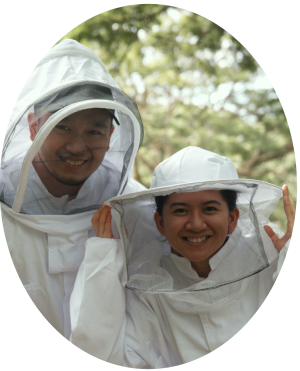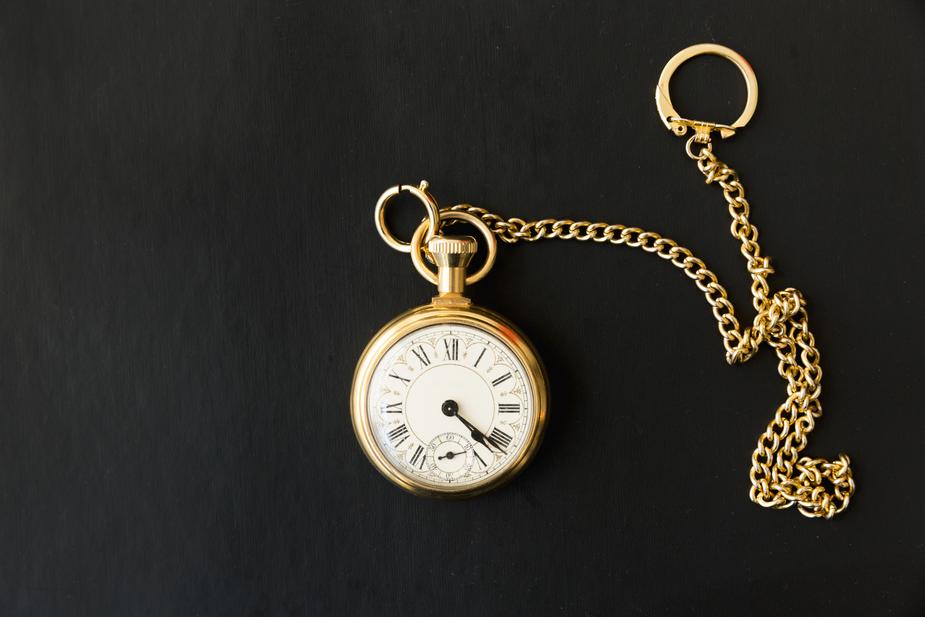Time is what we want the most and what we use worst. -William Penn. If you’re interested in starting a bee farm, and you’re like most starting beekeepers, you’ll want to know if it’s time you can afford to make. Do you just wing it, or is it a hobby that follows Malcolm Gladwell’s 10,000-hour rule? If you’re wondering about the time commitment, whether beekeeping is time-consuming vs. time-efficient, or really just curious about how much time a beekeeping hobby or business takes, I’ve got you covered.
For the backyard beekeepers, it’s reasonable to expect around 26 hours per year for a hive and about 39 hours for two hives. The allotted time doesn’t double with two colonies because of shared tasks, and these are certainly rough estimates you can tailor to your own.
Although I am saying exact hours for the beginner beekeeper’s sake, by no means are these set in stone. In fact, these are probably minimum numbers for your first year as a beekeeper. It also makes sense to estimate an annual number because of seasonality, and beekeeping can be as time-consuming or as hands-free as you like. (But expect to have different results.)
So how did we come up with these numbers?
Table of Contents
Estimating the time commitment for beekeeping
The initial estimates are mere guidelines and certainly do not apply to all beekeepers. To get a sense of your expected time commitment, you’ll need to understand how we arrived at these estimates.
The assumptions
When asked for their time commitment, the common answer by most beekeepers (which we’ve also found to be reasonable) is 1 hour every 2 weeks.
Not everyone will agree with this, and the time you actually spend taking care of your bees varies from month to month.
For instance, summer months typically require more hours than winter. You might check on your bees weekly, or even twice a week, during the summer peak seasons, but maybe hold off checking during the winter when it’s best to not open the hive.
So at 52 weeks in a year, that’s a total of 26 separate times of checking in on our bees (i.e., every other week) and is how our estimated 26 hours for one colony per year was estimated.
But again, this is a simple average to help you assess if it’s something you would want to pursue, but the actual hours per month vary.
Shared vs. hive-specific tasks
We’ve already talked about how doubling your colonies does not double the time spent on beekeeping. Why? Let’s think about how beekeeping tasks may be divided into two brackets: Shared tasks and Hive-specific tasks.
On shared tasks, the time you spend doesn’t change much as you increase the number of hives. (If you’re familiar with fixed vs. variable costs, the shared tasks are like your fixed costs.) Shared tasks include checking the condition of your equipment and preparing the bees’ food. If it takes you 5 minutes to check your equipment for 1 hive, then it’ll probably remain about the same for 2 or more hives.
For simplicity’s sake, we’ll assume half of your time is spent on shared tasks and the other half on hive-specific tasks.
Hive-specific tasks include looking for (or signs of) your queen, checking the colony’s health, and so on.
Generalized formula
If one hive takes about 26 hours in total, on both shared and hive-specific tasks, then with our assumed split of 50%, that’s 13 hours on shared tasks and 13 hours on hive-specific tasks. We can then estimate our hours with the following general formula:
Hours per Year = SharedHours + (HiveHours x Number of Colonies)
Hours per Year = 13 hours + (13 x Number of Colonies)
Where:
- SharedHours = The number of hours required for shared tasks
- HiveHours = The number of hours required for hive-specific tasks
For 2 hives, that’s 13 + 13 x 2 = 39 hours
For 3 hives, that’s 13 + 13 x 3 = 52 hours
That said, I cannot emphasize enough that these are very basic estimates that shouldn’t be taken as absolutes. This is a simple guideline for you to assess the viability of your planned hobby or business.
(For the absolute beginner’s reference, a colony consists of a queen, workers, and drones. Colonies live in a hive.)
As many hours as you like
In Malcolm Gladwell’s bestselling book, Outliers, he talks about investing 10,000 hours of practice to achieve world-class status. The major takeaway is this: If you want to be good at something, invest more time in it.
Beekeeping is no different. Increasing the hours you put into it only benefits you as a beekeeper.
Keep in mind though that there’s a limit to the number of hours you should open and inspect your hives. Most experts agree how opening a hive puts some stress on bees, and that it takes them about a day to recover. For instance, when you crack a hive open, the worker bees take time to reseal the gap, setting them back a few hours, maybe a day.
Over time, you’ll learn to assess when and how often to check on your bees.
But if there’s a limit to the number of inspections possible, how do we improve as beekeepers and maybe reach that elusive 10,000-hour rule? The answer is research and networking.
Research beekeeping during your downtime
Here’s another point to emphasize how the 26-hour per year estimate is far from absolute.
In my early weeks as a beekeeper, I gorged on all the books I could, read as many online forums as time permitted, and watched YouTube videos on beekeeping before going to sleep. All in all, I’d say that was probably over 26 hours in just 2 weeks!
(But for people searching “how much time does beekeeping take,” they’re more likely interested in knowing the required time for hands-on duties, not the supplementary research.)
Network with fellow beekeepers
Another important activity is networking with other beekeepers. Connecting with like-minded people is bound to take a lot of beekeeping time, but it should be worth it. Learning from mentors fast forwards your education, often skipping beginner mistakes.
You should definitely take advantage of other people’s experiences. See the American Beekeeping Federation’s state and local organizations: Connect with Beekeepers at the State and Local Levels
The time you put in is directly proportional to your results
Due to the prevalence of diseases and mites, beekeeping is becoming more work-intensive than passive. Honey bees are highly capable by themselves, don’t get me wrong. But sometimes you will want to play a more active role — whether that’s for the bees’ sake (e.g., disease prevention) or yours (e.g., swarming).
If beekeeping seems time-consuming and you prefer a more passive approach, then the passive approach can be an option. But if you do choose this route, expect less than stellar results for the reasons mentioned.
Like any other farm, a bee farm will benefit from your attention.
Conclusion
So how much time does beekeeping take? It can be a hobby or a business with varying degrees in size, and you can certainly spend as many hours as you’d like with beekeeping.
But as a starting backyard beekeeper, you’re probably interested in actual numbers, or at least ways to estimate the time you’ll need to set aside from beekeeping. It is, after all, an important consideration in knowing if this is right for you. This simple rule of thumb helps — 1 hour every other week, with half of your activities on shared tasks.
Know that you won’t actually spend 1 hour every other week. Some seasons require more, and others less. The suggested hours are also minimums as you can always binge on research and networking. Once you get your first year under your belt, use your experience to tailor the generalized formula in this post. It’ll help you plan your time for next year’s cycle.

Honey Farm Starter documents our journey from novices to (hopefully) experts. If you’re feeling a bit intimated by all big words and don’t know where to start, this place is for you. We are Dan & Deanne, and our hope is to create a resource that’s as encouraging as possible for the everyday backyard beekeeper.

